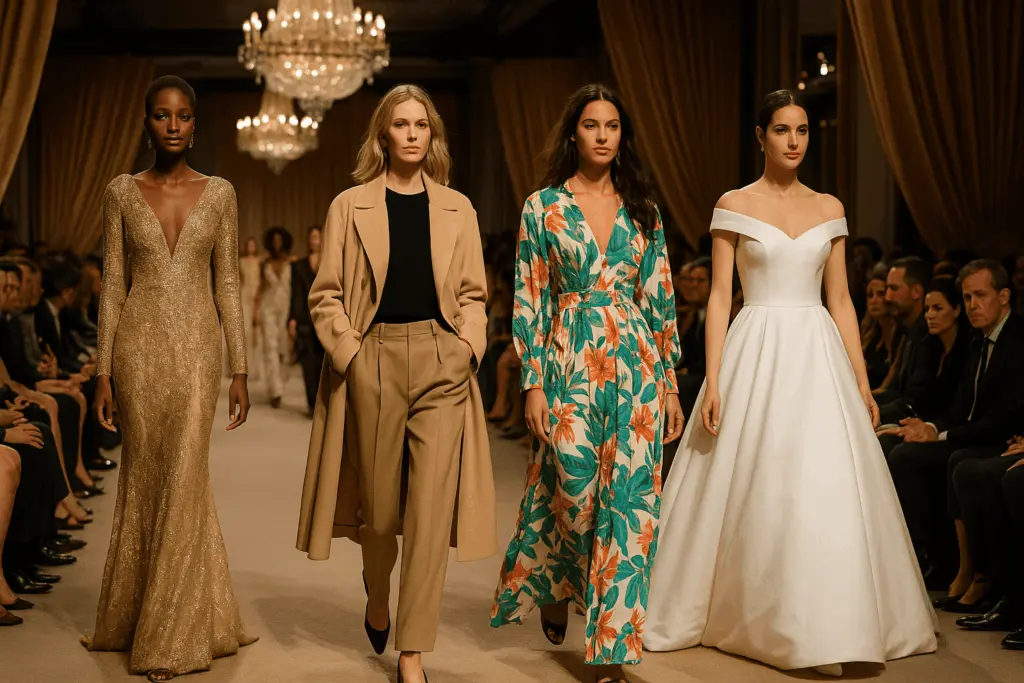
1. Introduction: The Variety Behind Fashion Shows
The fashion industry thrives on creativity, storytelling, and visual impact. Every fashion show connects art, business, and innovation, showcasing how fashion designers transform inspiration into style. The categories for fashion show events define audiences, from luxury buyers to everyday consumers.
Fashion event planning involves strategy, precision, and technology. With many moving parts—from models and makeup artists to set design and runway themes—brands rely on PLM tools for efficient coordination. Modern fashion show management ensures that every garment, look, and brand identity aligns with the event’s theme and audience expectations.
2. Main Categories for Fashion Shows
Fashion shows fall into several fashion show categories, each serving a specific purpose and market. These categories represent the heart of the fashion world, where creativity meets commerce.
|
Fashion Show Category |
Focus |
Target Audience |
|---|---|---|
|
Haute Couture Shows |
Handcrafted, exclusive garments |
Elite clients and press |
|
Ready-to-Wear Shows |
Commercially available clothing collections |
Buyers and media |
|
Resort / Cruise Shows |
Travel-inspired mid-season looks |
Luxury travelers |
|
Menswear Shows |
Tailored lines for men |
Retailers and stylists |
|
Womenswear Shows |
Core seasonal clothing line |
Retailers and consumers |
|
Bridal Shows |
Wedding gowns and accessories |
Brides and planners |
|
Student / Graduate Shows |
Experimental fashion design concepts |
Recruiters and schools |
Haute Couture Shows
Haute couture represents the peak of craftsmanship. Each designer’s work is unique, blending fine arts and garment design to create wearable art. These events attract celebrities, editors, and high-end clients who seek exclusivity.
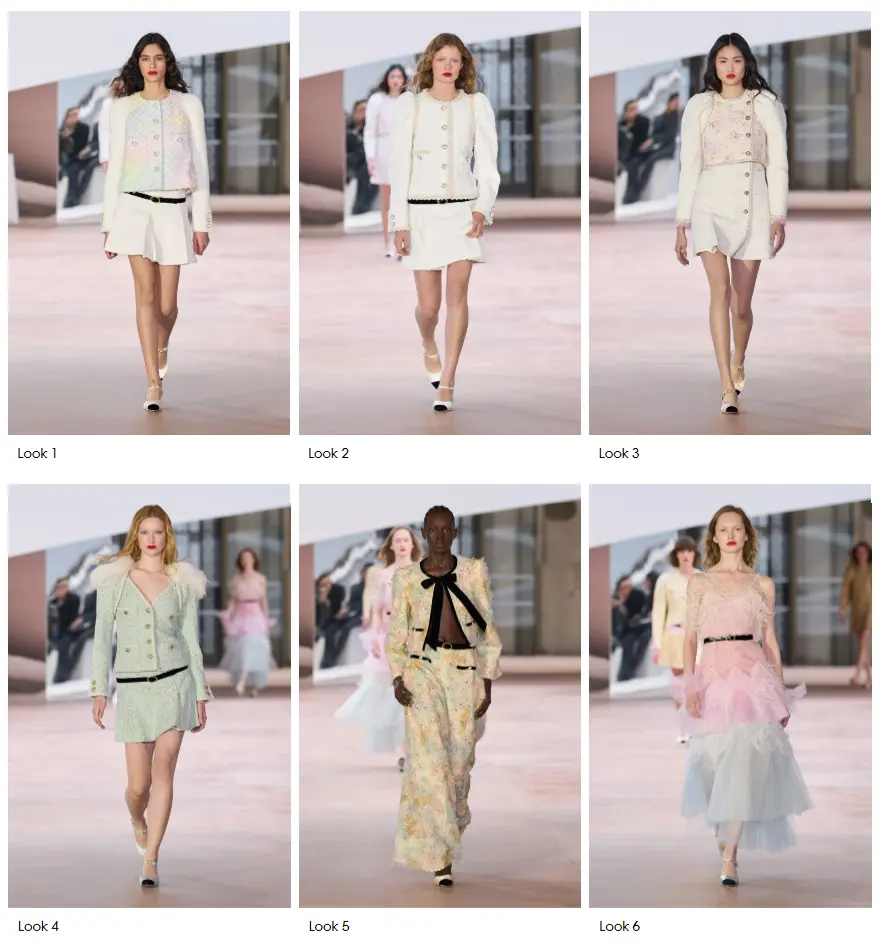
Ready-to-Wear Shows
Ready to wear collections balance creativity and practicality. They set fashion trends and shape global retail. These runway shows influence fall fashion, spring collections, and the latest collection cycles seen during fashion week events like Paris Fashion Week.
Resort or Cruise Shows
Resort and cruise collections connect luxury and travel. Often hosted in exotic destinations, such as by Louis Vuitton or Tommy Hilfiger, they combine cultural fusion and theme works to appeal to global travelers.
Menswear and Womenswear Shows
These runway events highlight the diversity of clothing styles and trends. While menswear emphasizes structure and practicality, womenswear explores creativity, elegance, and new fashion trends.
Bridal Shows
Bridal fashion shows focus on romance and craftsmanship. Designers showcase gowns, veils, and accessories that define wedding aesthetics. Event planners and brands use these shows to capture the perfect backdrop for elegance.
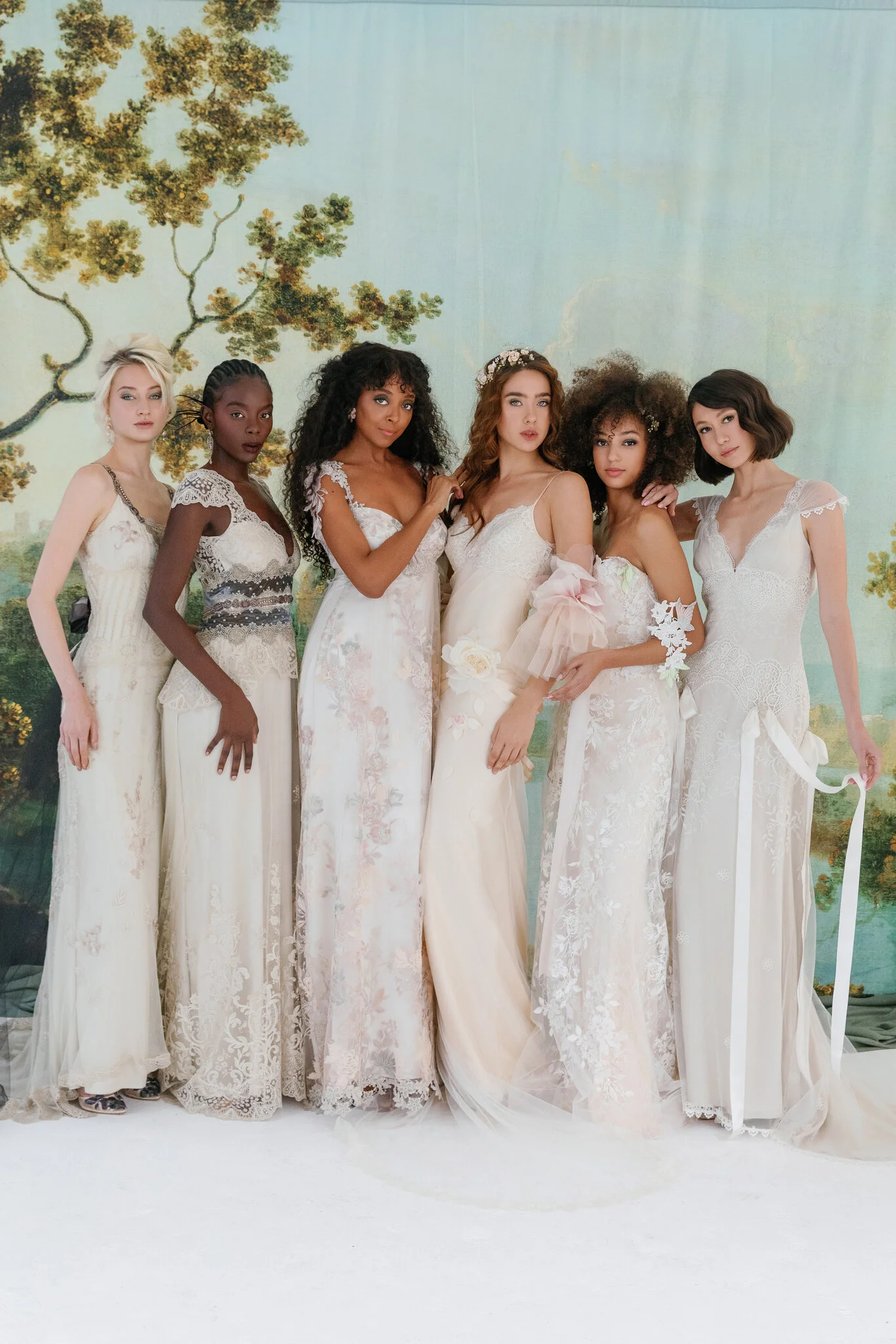
Student or Graduate Shows
Emerging designers express raw creativity in these shows. They introduce period-based inspiration, certain themes, and experimental set design. Many fashion houses discover new talent through these informal fashion events.
3. Types of Fashion Events
Different types of fashion events highlight various approaches to showcasing style. These formats shape how fashion brands engage their audience and promote their collections.
|
Event Type |
Purpose |
Example |
|
Runway Shows |
Present full collections live |
New York Fashion Week |
|
Digital Fashion Shows |
Stream collections online |
Balenciaga Virtual Runway |
|
Trunk Shows |
Private previews for buyers |
Boutique previews |
|
Trade Fairs & Expos |
Connect brands with retailers |
MAGIC Las Vegas |
|
Pop-up Experiences |
Engage customers directly |
Louis Vuitton pop-up stores |
|
Charity Fashion Show |
Combine fashion and philanthropy |
Red Carpet Fundraisers |
Runway Shows
The runway is fashion’s main stage. Models showcasing designs bring the brand’s theme to life. These trend-setting shows attract media, influencers, and stylists.
Digital Fashion Shows
The fashion industry evolves with technology. Virtual shows use AR, livestreams, and digital modeling. They allow fashion event planning to reach global viewers with minimal environmental impact.
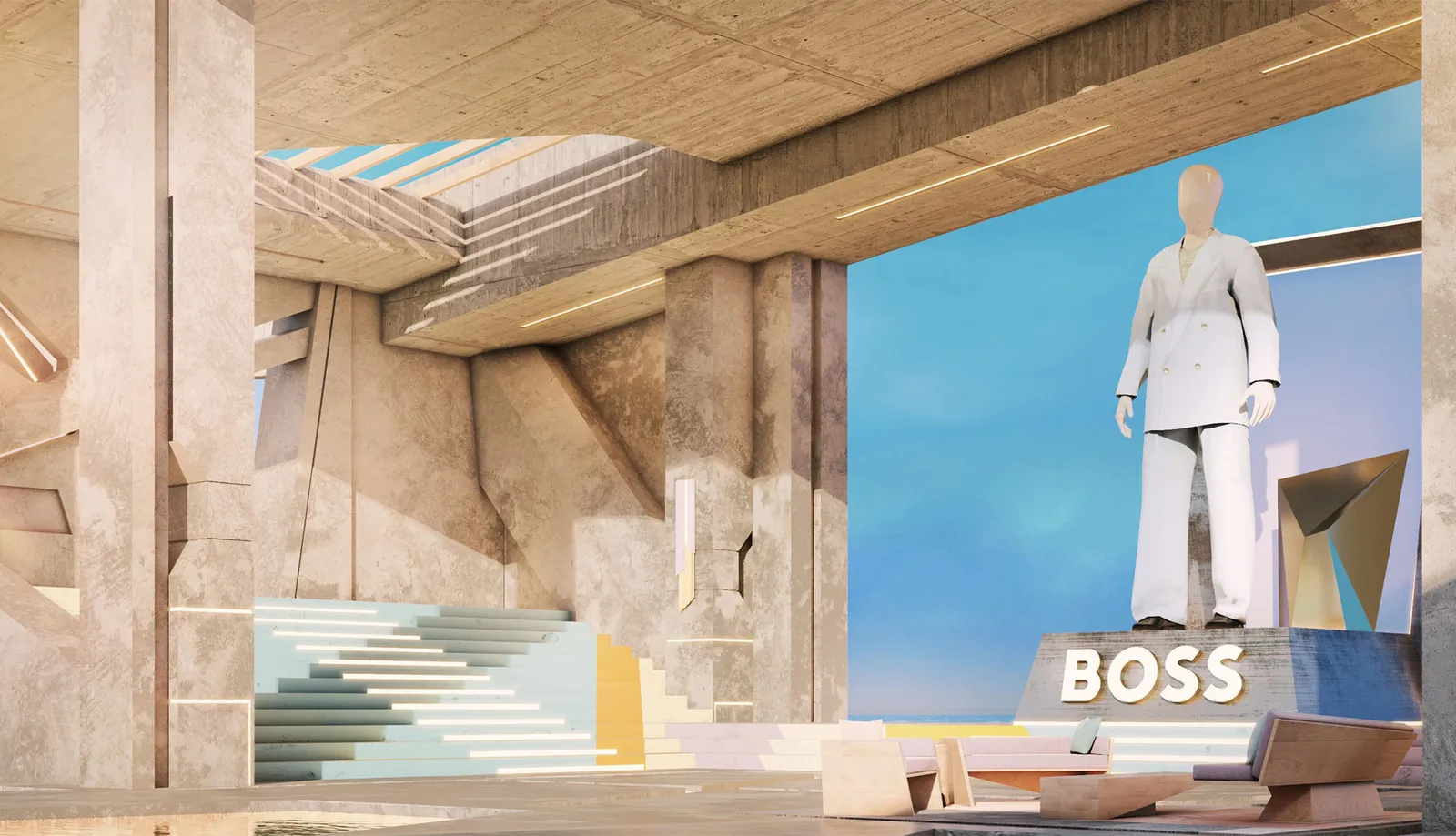
Trunk Shows
Trunk shows bring brands and clients together in an informal environment. They create direct connections, allowing designers to receive immediate feedback on their clothing and accessories.
Trade Fairs and Expos
These fashion week-style expos foster collaboration. Fashion brands showcase new collections to potential partners, focusing on business growth and brand identity building.
Pop-up Fashion Experiences
Pop-up fashion blends art, retail, and theme design. With live music, immersive sets, and unique show themes such as jungle theme, these events create buzz while boosting engagement.
Charity Fashion Show
A charity fashion event connects creativity with compassion. Designers donate a certain percentage of profits to causes, using red carpet glamour to highlight awareness.
4. The Role of PLM in Fashion Event Preparation
In modern fashion show management, PLM tools form the strong foundation for seamless execution. They connect designers, producers, and event planners to maintain a unified workflow.
|
PLM Feature |
Purpose |
|
Data Sync |
Manages styles, fabrics, and looks |
|
Sample Tracking |
Follows fittings and approvals |
|
Timeline Management |
Keeps runway schedules on track |
|
Collaboration Tools |
Links design, production, and marketing |
Before a runway show, teams use PLM to finalize samples, set design, and collection themes. It ensures every garment and accessory matches the brand identity and season’s theme.
5. Organizing Fashion Events More Efficiently
Fashion success requires synchronization. PLM software empowers fashion show organization, ensuring clothing collections align with the planning process and show timeline.
|
Task |
PLM Benefit |
|
Timeline Tracking |
Keeps design and production on schedule |
|
Material Control |
Updates fabrics and garments in real-time |
|
Integration |
Connects with CAD, ERP, and digital showrooms |
|
Centralized Database |
Acts as the strong foundation for all show data |
When designers and teams work in the same way, PLM unites creative and technical teams. It prevents miscommunication and ensures fashion shows deliver perfection—on time and on brand.
6. Conclusion: Creativity Meets Coordination
Every fashion brand seeks balance between creativity and logistics. Understanding the types of fashion events and categories for fashion shows helps target the right audience and strengthen brand identity.
PLM transforms fashion show themes into structured workflows, ensuring smooth event execution. In the ever-evolving fashion world, success relies on combining artistry with technology—making every runway moment unforgettable.

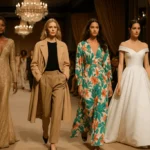
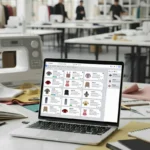
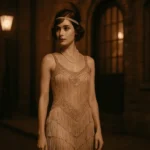

Leave a Reply